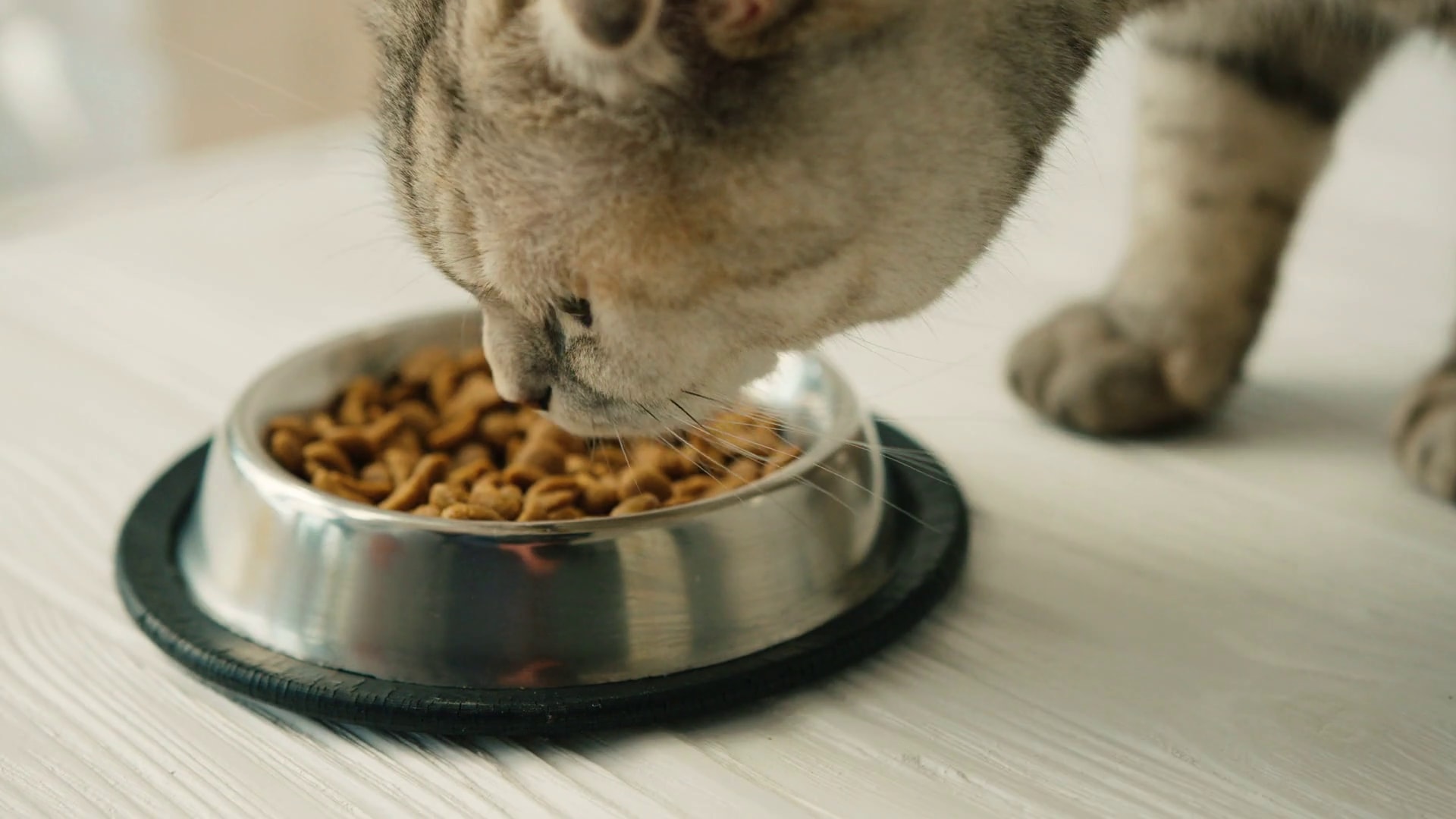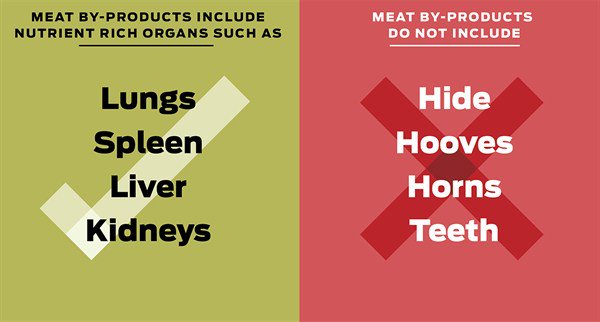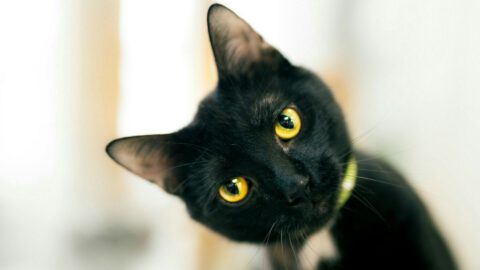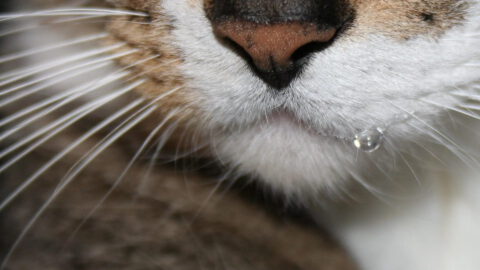Last Updated on April 13, 2020
When it comes to by-products in pet food, there is a lot of misconceptions and marketing ploys owners need to be aware of. While by-products aren’t considered good, they shouldn’t be considered bad either. The best approach to take when buying your beloved cat their food is to understand what goes in it and if it is suitable for your cat’s specific needs.
What Are By-Products?
No matter the source, all by-products are made up of organs, fatty tissue, soft muscle, and soft bone tissue. This never includes spinal tissue, large nervous system tissue, brains, or muscles from the lips, snout, or ears (fish excluded). No matter what any company or person has told you, by law, your pet’s food CANNOT contain brains, feet, or beaks. Also by law, these “by-products” have to be digestible to humans too. I know this sounds a bit gross, but have you considered how your cat would eat if they were wild?
To see the laws and regulations for pet food, read The Code of Federal Regulations under “Title 9”.
Cats in the Wild
Cats in the wild, be it a tiger or a feral cat, make the most of their food. When they hunt and catch prey, they focus on organ meats first as they offer the most moisture content and nutrients followed by the meat/flesh, and lastly the muscle and soft bone tissue. In this sense, they choose to eat what we label as by-products and actually thrive off of it. When the food supply is scarce, cats will also become scavengers eating what they can find readily available. This can be dead or dying animals, fish, or eggs. Some will even eat reptiles and insects.
Types of By-Products
There are three types of by-products you will see listed as ingredients which include poultry by-products, meat by-products, and fish by-products. In some cases, they will be labeled as individual sources such as “beef fat” or “chicken liver”. Any kind of meat “meal” is simply just dried by-products which are the least nutritional. If you have a cat who has protein allergies, you will need to pay attention to the three kinds of by-products and what is actually in them.
USDA Regulations On Meat
Learn how different meats and meat products are classified by going to the USDA’s Food Safety and Inspection Service website.
Poultry By-Products
Poultry by-products are what the name implies, coming from turkey and/or chicken. More expensive brands may include by-products from pheasants, ducks, or quail. Most commercial cat foods found in pet stores that contain poultry by-products are almost always from chickens. If your cat has an allergy to chicken, you will want to avoid any kind of food with this on the label. This also includes “chicken meal”.
Meat By-Products
Meat by-products are where people typically get confused. When “meat” is being used on a label for cat food, it is referring to cattle, sheep, swine, or goats. This kind of by-product is typically the safest of the three but if you have a cat with a beef or pork allergy, you will want to avoid foods with this on the label.
Fish By-Products
Just like the others, fish by-products are parts from fish but this time it includes bones, eyes, and entire heads. Since fish can be digested almost entirely, everything is typically included in pet foods when it comes to fish by-products. Ideally, you want to avoid this by-product when possible. Fish, in general, should make up less than 25% of your cat’s overall diet and should never be given daily. Depending on the quality, 1 to 3 meals a week is best. Lower quality fish like tuna should be given less whereas salmon and other higher-quality fish can be given slightly more often.
Should By-Products Be Avoided?
If your cat has no medical issues and is happy and healthy, by-products are fine to include in their diet. For cats with sensitive digestive systems and/or food allergies, you may want to avoid certain by-products or all by-products to be on the safe side. If your cat has a history with medical issues involving the liver, kidneys, or immune system then it is best to keep them out of their diet entirely.
Very few cats have to be on diets where by-products must be restricted or eliminated. It is more important that you know where the meat in your cat’s food is coming from and how it is sourced. I encourage everyone to research each brand thoroughly before making a decision on what is best to feed your cat. Just because a cat enjoys what you feed them it doesn’t make it a healthy choice for them!






Thanks for this, nice to know.